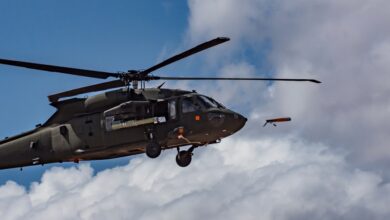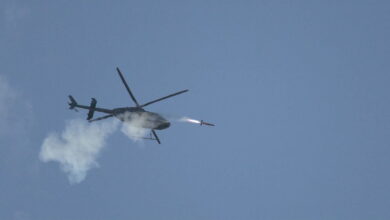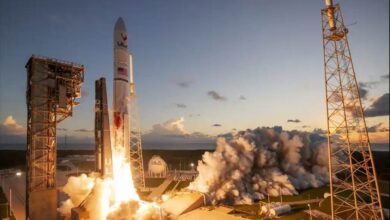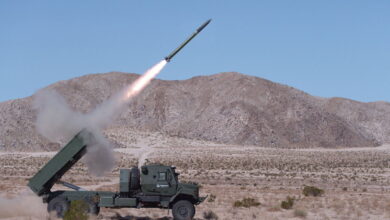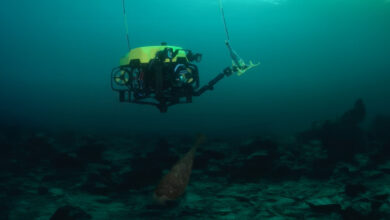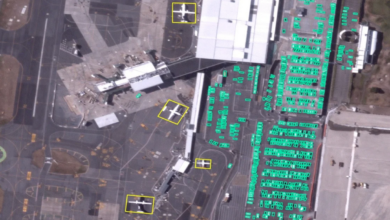US Space Force Begins Small Satellite Weather Sensor Demonstration
The US Space Systems Command (SSC) has officially commenced an electro-optical/infrared weather system (EWS) CubeSat demonstration in Florida.
The CubeSat was deployed aboard a SpaceX Transporter-6 rideshare mission from Cape Canaveral Space Force Station.
A one-year trial of the capability will support the command’s efforts to validate electro-optical/infrared radiometric imaging technology with smaller sensors.

The demonstration follows a 2022 contract with Orion Space Solutions, a non-traditional government partner, to build and launch a prototype sensor for the CubeSat.
In 2025, General Atomics Electromagnetic Systems Group will deliver a second prototype to the SSC.
“The EWS cubesat technical demonstration effort represents SSC’s continued commitment to working with non-traditional partners to broaden the competitive industrial base,” EWS Program Manager and Materiel Lead Lt. Col. Joe Maguadog said.
“This demonstration will inform our transition toward a more affordable, scalable, and resilient EO/IR weather constellation.”
Monitoring Weather Data for Warfighters
Once deployed, the CubeSat will provide low-Earth orbit imaging data to the US military and NATO allies to evaluate and predict current and future weather.
The data relayed by the small satellite will inform warfighters about possible flight routes, provide maritime surface tracking, intelligence, combat search and rescue, and missile threat data.
“The Space Force Space-Based Environmental Monitoring (SBEM) capabilities provide key global terrestrial and space weather data for DoD to plan, execute, and assess daily mission operations,” Maguadog stated during the satellite’s final design review.
“Our industry partners have worked very hard to meet our warfighter’s needs and we look forward to continuing our partnership to deliver this vital capability in the very near future.”




